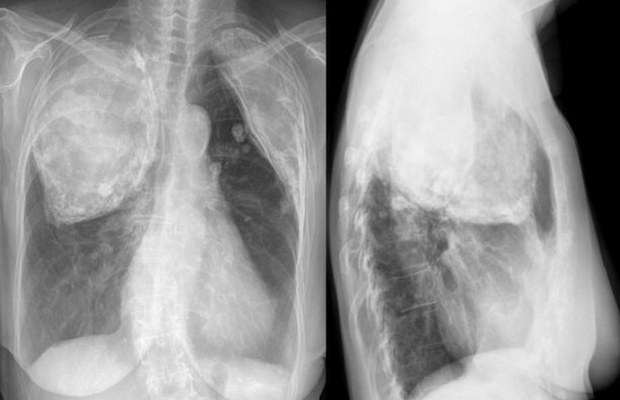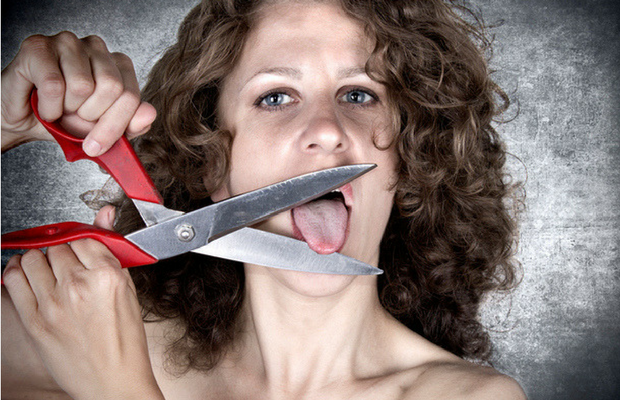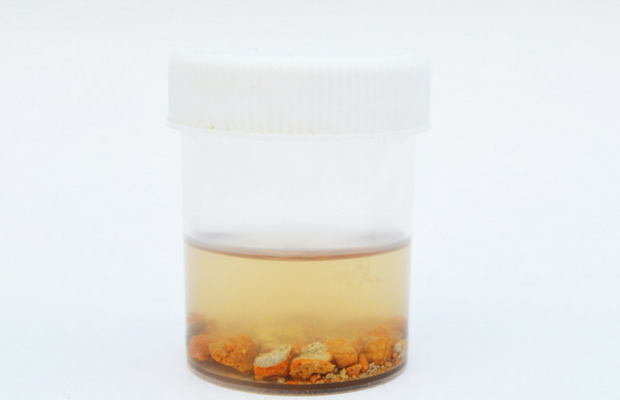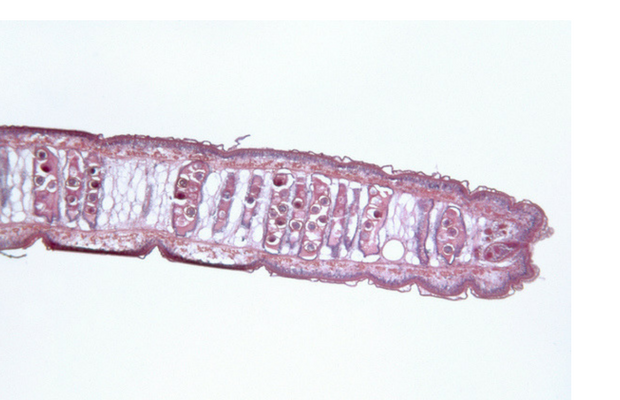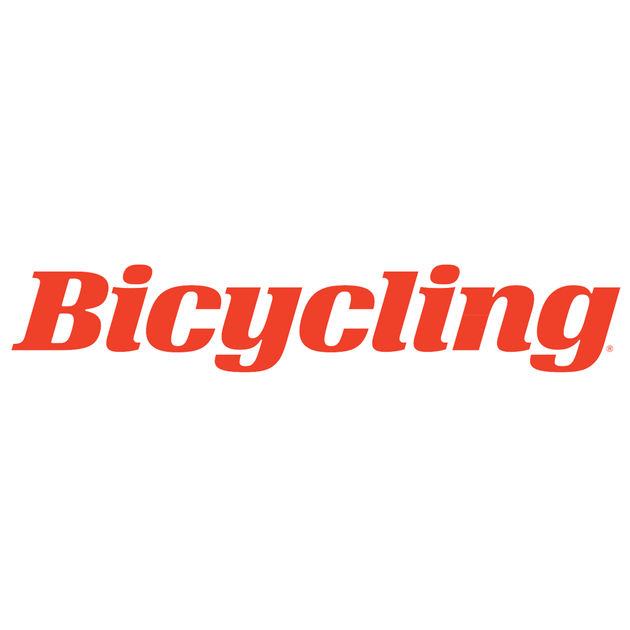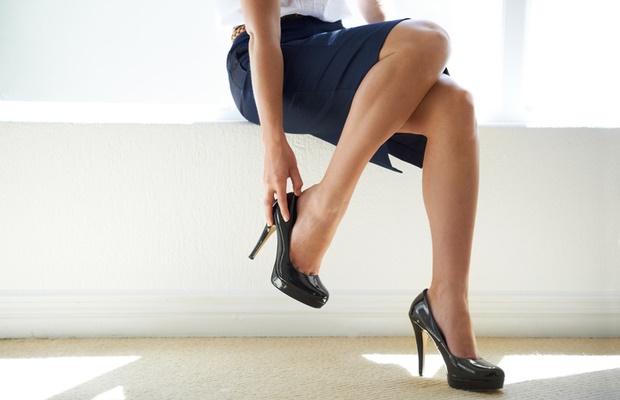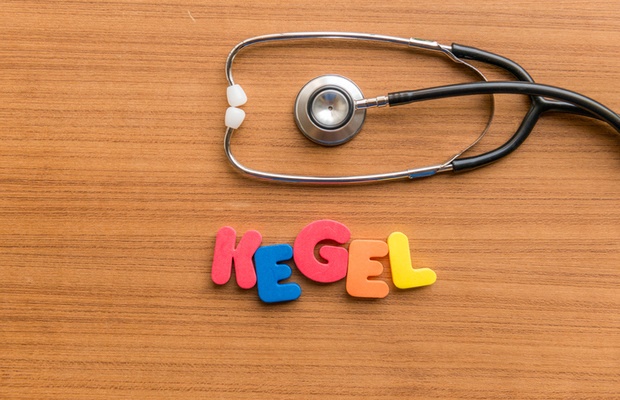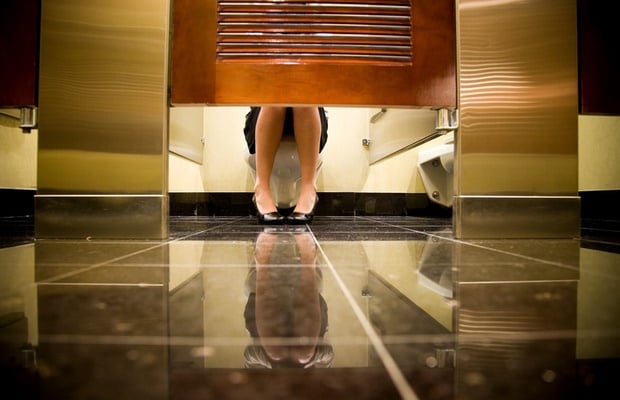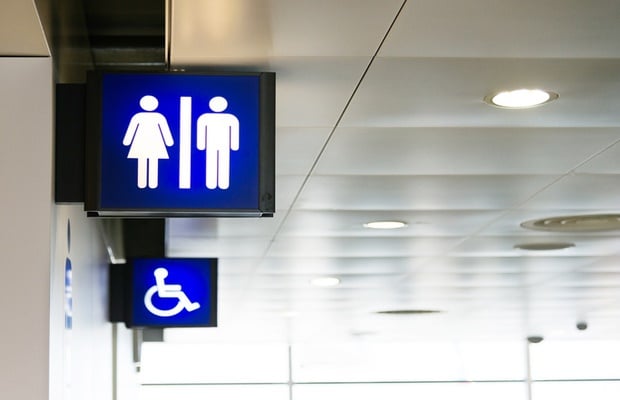Raw eggs have been longtime staples of quite a few traditional make-at-home recipes, from mayonnaise to Caesar dressing. But lately, more and more of them are being used in unconventional ways.
Weightlifters and athletes with intense training schedules may crack them into smoothies or oats for a protein boost, while others may whisk them into cocktails or hot chocolate just for the heck of it.
But we were all taught to resist licking the bowl of cake batter as kids (as tempting and difficult as it is!), making the allure of Team Raw a bit questionable.
What do raw eggs really bring to the table? We asked nutritionists to weigh in on both the nutritional value and safety of eating raw eggs. Here’s what they had to say:
Nutrition
You’d be surprised at how many nutrients are packed into a tiny eggshell.
Just one raw egg contains 3g of protein; vitamins A, B2, B5, B12 and E; choline, a mineral that’s essential for brain function; lutein and zeaxanthin, antioxidants that keep our eyes healthy; and so much more.
Heating up a raw egg does ever-so-slightly diminish the amount of its nutrients, but the nutritional difference between a raw egg and a cooked one is so small that it’s flat-out insignificant.
“Raw eggs contain an abundance of protein and great deal of nutrients that can help support brain, immune and nervous system function,” says Tara Gidus Collingwood, team dietician for the Orlando Magic and nutrition consultant for UCF Athletics.
“However, practically none of these nutrients are lost or changed when the egg is cooked.”
Read more: 5 foods you won’t believe contain more protein than an egg
So, as far as nutritional value goes, raw and cooked eggs are pretty much tied.
But cooked eggs do have a leg up on the competition when it comes to the digestion of those nutrients.
One study published in The Journal of Nutrition revealed that our bodies only absorb 50% of an egg’s protein when we consume it raw, versus 90% when we consume it cooked.
“Another concern is with biotin absorption,” says Heather Mangieri, registered dietician and spokesperson for the Academy of Nutrition and Dietetics and author of Fueling Young Athletes.
“One of the egg proteins, avidin, when raw or undercooked, can bind with biotin, [a B-vitamin], making it unavailable for absorption. The only way to make sure the biotin in the egg yolk isn’t inhibited is to make sure the egg is fully cooked.”
In other words, unprepared eggs are not only less digestible, but they also cause you to miss out on most of that high protein and vitamin content – so there’s really no point in dropping them into your smoothie after all.
If you’re looking to build muscle, you’ll get a much bigger punch out of your meals and drinks if you stir in some high-quality protein powder rather than raw eggs.
Read more: Exactly how to use eggs to lose that extra weight
Health risks
Here’s a little lesson in biology: When a chicken lays an egg, the egg exits the body through the same opening that the chicken’s poop does. So right off the bat, eggs are prone to being exposed to harmful bacteria, like salmonella, which can be carried on the surface of the eggshells or absorbed into the egg itself.
Contamination can also be influenced by factors like how old and how large the chicken flock is, what the chickens are eating, how much stress the chickens are under and how clean the chickens’ environment is, among others.
While the actual risk of an egg carrying salmonella is fairly low, it’s still not worth taking your chances on – as anyone who has actually experienced salmonella will tell you.
“The main risk of consuming raw or undercooked eggs is salmonella infection, which causes food poisoning symptoms such as stomach cramps, diarrhoea, nausea, fever and headache,” says Lauren Antonucci, a registered dietician and board-certified sports dietician, and owner/director of Nutrition Energy, a nutrition consulting practice in New York City.
“These symptoms may appear within the first six to 48 hours of consuming raw eggs and can last up to seven days.”
Read more: 4 quick protein-powered meals that take eggs way beyond breakfast
The United States Department of Agriculture (USDA) clearly advises against the consumption of any type of raw eggs too – and that includes brown, white, organic, free-range and non-GMO.
They also explain that people with underdeveloped or compromised immune systems – such as children, the elderly, pregnant women, and those suffering from cancer or autoimmune diseases such as AIDS – are especially susceptible to salmonella infection and can experience even more dire consequences.
For example, the bacteria can cause uterine cramps and infection in women during pregnancy, which can lead to premature birth or foetal death.
The only way to ensure the eggs you’re consuming are salmonella-free is to cook them thoroughly: “During the cooking process, heat to a certain temperature will destroy the bacteria, making it less of a threat,” says Lisa Moskovitz, CEO of The NY Nutrition Group, a private New York-based nutrition practice.
The American Egg Board says that bringing eggs to an internal temperature of 70 degrees Celsius it will kill almost any germs they might be carrying.
Read more: Will swapping eggs for egg whites really help you lose weight?
Now if you absolutely must consume raw eggs for one reason or another, despite warnings from the experts, there is one thing you can do to minimise your risk of infection: Opt for the pasteurised variety.
“Pasteurised eggs are the safest choice when it comes to eating raw eggs,” says Antonucci. “During the pasteurisation process, many bacteria and microorganisms commonly found in raw eggs are eliminated.”
That’s because the eggs are pasteurised by being heated to 60 degrees Celsius for about three and a half minutes, and most bacteria can’t survive that temperature.
Just make sure you keep the eggs refrigerated, don’t eat any eggs that have passed their expiration date and toss any cracked eggs in the trash.
But because the heat of the pasteurisation process infinitesimally reduces the amount of nutrients in the egg just like the cooking process does – and since our bodies don’t fully absorb the nutrients in raw pasteurised eggs either – then you might as well go ahead and cook them anyway.
Considering the mounting evidence in the trial of raw versus cooked, here’s the experts’ final verdict: “There is absolutely nothing magical or superior about raw eggs that would make them a beneficial addition to anyone’s diet,” says Mangieri.
“You can never say with 100% certainty that consuming raw eggs is safe. I advise against the consumption of raw eggs in any form.”
This article was originally published on www.womenshealthsa.co.za
Image credit: iStock
Stella Katsipoutis

